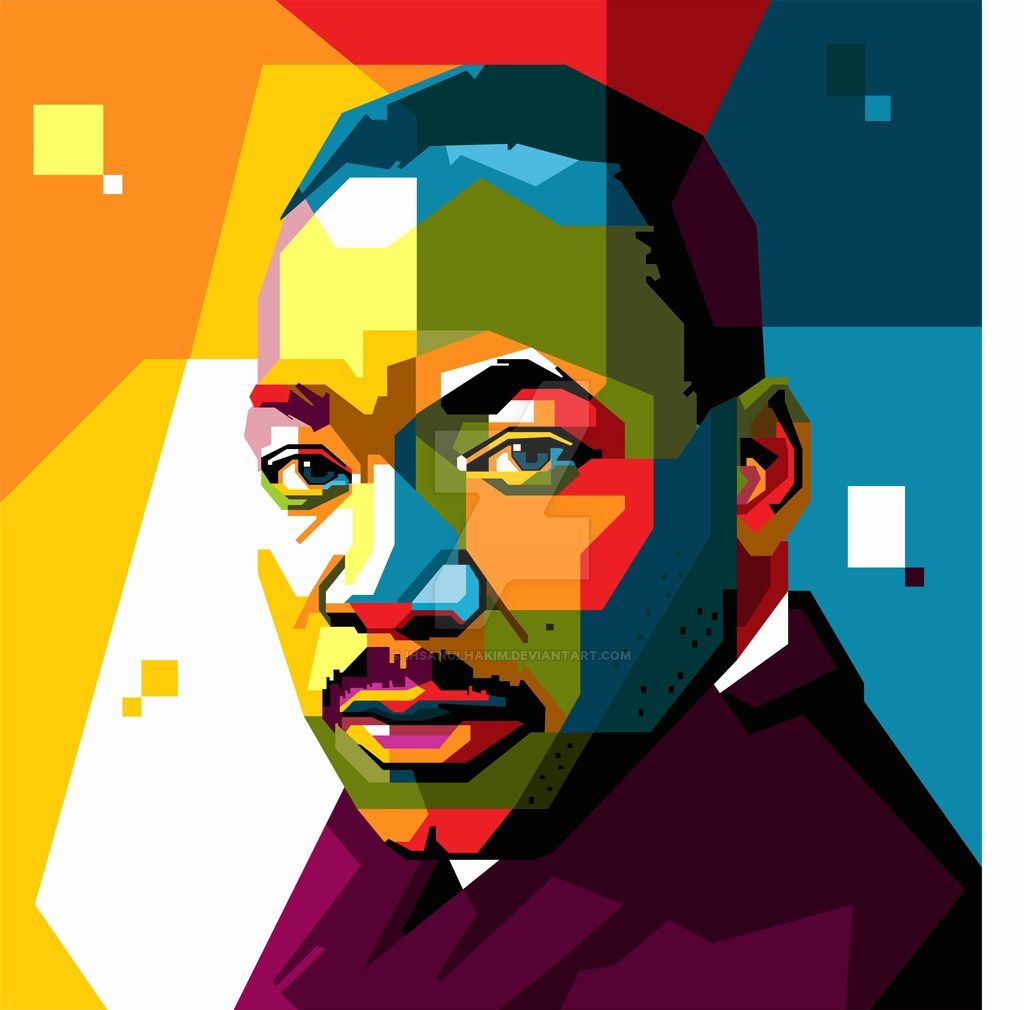
Each January Americans honor civil rights activist Dr. Martin Luther King Jr. Through nonviolent protests. Dr. King was able to be a major catalyst (influence) for President Lyndon B. Johnson’s signing of the 1964 Civil Rights Act and the Voting Rights Act of 1965.
The Civil Rights Act of 1964, which ended segregation in public places and banned employment discrimination based on race, color, religion, sex or national origin, is considered one of the crowning legislative achievements of the civil rights movement.
After 1964 Dr. King’s focus expanded beyond the issue of segregation to include a broader platform that invoked the need to achieve access to high quality healthcare, education, and economic opportunities for Black Americans.
Another important part of Dr. King’s message that is often overlooked is Dr. King’s emphasis on opposing the war in Vietnam. Dr. King started the Poor People’s March on Washington to show that poverty, racism and militarism are interconnected. Dr. King believed this was a moral issue not just because wars cause death and destruction, but also because wars cause poverty both at home and abroad. He said, “A nation that continues year after year to spend more money on military defense than on programs of social uplift is approaching spiritual death.”
With the lesson plan below, students will hear Dr. King explain in his own words his transformation of ideas about Civil Rights and how they connected to war and poverty
Multiple Sources
Lesson Plan for Martin Luther King Day
Martin Luther King Day Lesson Plan PowerPoint Presentation
(This file is a download and must be opened to work)
Martin Luther King Day Lesson Plan PDF
(This file is a download and must be opened to work)
Additional Resource: The MLK Graphic Novel That Inspired John Lewis and Generations of Civil Rights Activists
The illustrated book was first printed in 1957 and encouraged young people, including future Congressman John Lewis, to stage nonviolent protests. Shortly after noon on August 26, 1961, Hollis Watkins and Curtis Elmer Hayes filled two vacant stools at the Woolworth’s lunch counter in McComb, Mississippi. When the two African American students were refused service at the segregated dining spot, police arrested the pair for failing to “disperse and move on” in violation of Jim Crow laws.
Both men carried copies of a 10-cent comic book that had long been circulating among young civil rights activists. A year earlier, the 16-page comic had inspired Ezell Blair and his roommate, Joseph McNeill, to stage boycotts in Greensboro, North Carolina. Days after reading it, they and two other North Carolina Agricultural and Technical College students refused to give up their seats at a Greensboro Woolworth’s lunch counter, launching the sit-in movement across the South.
– Read More | Order
